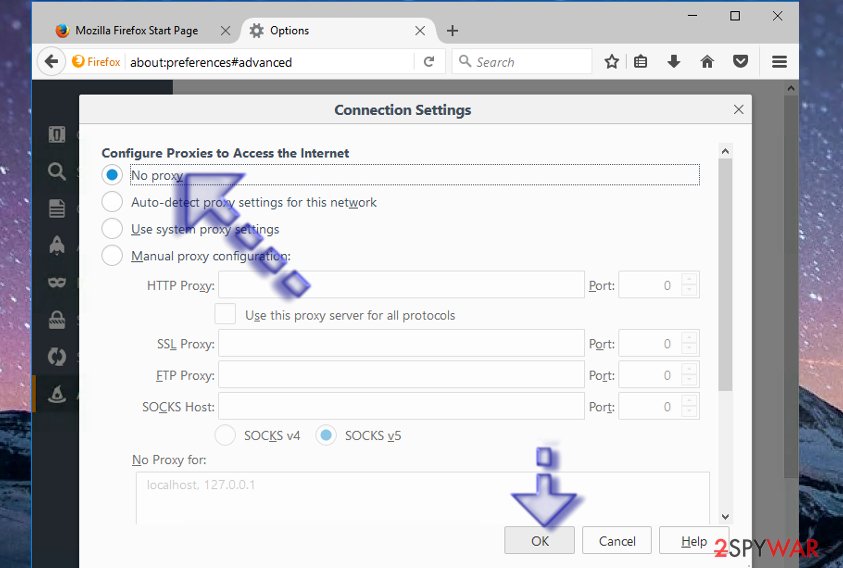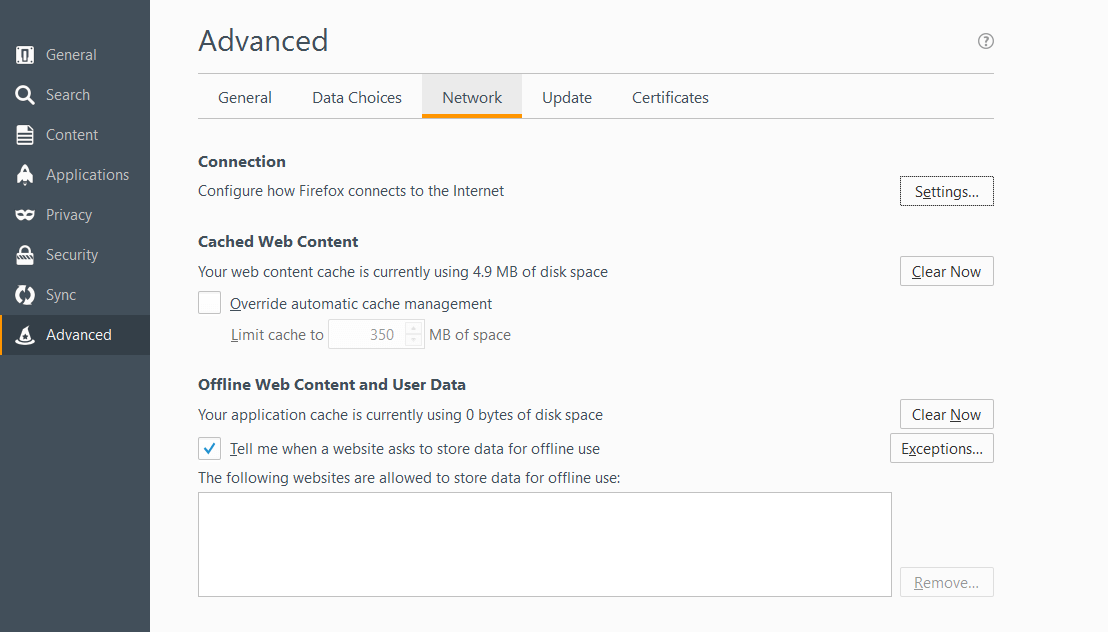

> tunnel while you're surfing completely unencrypted. You may think that you're going through your secure

> a SOCKS proxy in gnome 3's network settings, applications such as Firefox will > Shouldn't this be considered a security vulnerability? As it stands, if you set It should also be noted that this worked fine with the GNOME Proxy preferences on F14 (which seem to have been removed since). Before NM 0.9 arrived on F15 I tried setting these keys manually with gsettings, with similar results - the keys were set but applications didn't seem to use them. Poking around the schema with gsettings seems to indicate that the gsettings keys are being set correctly. I'm filing this under NetworkManager, since as I understand it the network settings applet is part of NM 0.9, but I'm not really sure where the bug lies. Start Pidgin (or Firefox/Thunderbird, set to 'Use system proxy settings' under advanced network preferences).Īpplications try to connect without using a proxy.Īpplications connect through the proxy specified in the network settings. Set the 'SOCKS Host' to 'localhost', on port 8080.ġ1. Click on the NetworkManager icon and click 'Network Settings'.ġ0. Set Firefox back to 'Use system proxy settings'.ħ. Verify the connection through the SSH tunnel is working.Ħ. Set the 'SOCKS Host' to 'localhost', on port 8080.ĥ. Under Edit > Preferences > Advanced > Network, open the connection settings dialogue and select 'Manual proxy configuration'.Ĥ. Start an SSH tunnel with 'ssh HOSTNAME -D 8080'.ģ. Steps to Reproduce (more specific, assuming an SSH connection is available):ġ. Start Pidgin (or Firefox/Thunderbird, set to 'Use system proxy settings' under advanced network preferences). Type the hostname and port of your proxy in the appropriate field.ĥ. Click on the NetworkManager icon and click 'Network Settings'.Ĥ. Setting other proxy types doesn't seem to work either, although I haven't tried those thoroughly.ġ. This seems to be always reproducible when trying to set a SOCKS proxy to use.

Version-Release number of selected component (if applicable): You could keep copies of all options, and simply copy an option file into the target file right before running.Trying to tell GNOME to use a proxy (via the network settings in the control centre) doesn't seem to have any effect.

To setup automatic file switching, simply configure firefox to point towards a single file, and overwrite the file programmatically every time you want it to change. pac file in the firefox settings, under auto-config proxy. Inside the file you can use any javscript you'd like to decide what proxy to use.
#Use system proxy settings firefox manual#
Manually creating different FF Profiles (as suggested by another user) with different proxies is not an option as everything needs to be done programmatically, without manual intervention.ĭoes Firefox still support linking proxy via pref.js? If not, what is the current working solution to launch Firefox via command line with a proxy in Java?Ī proxy-autoconfig file is what you are looking for.ĭefine a file name.pac, that contains the javascript function function FindProxyForURL(url, host) If you make changes to this file while the application is running, theĬhanges will be overwritten when the application exits.īut there were no live instances of Firefox running at the time I edited the above file. I know there's a disclaimer at the top of prefs.js: Note: When I edited the text file above, Firefox was not running. Note: the IP address and port used above are for demonstration purposes.ġ) Firefox completely ignores these settings and launches FF without any proxy at allĢ) When Firefox exits the text modification is reverted/deleted I've edited the file as follows: user_pref("", "1.0.0.1") According to this answer on Stackoverflow, Firefox proxy settings are stored in pref.js in the Firefox Profile folder and it is necessary to edit this file to launch FF with a proxy. I'm launching Firefox via command line and I'd like to launch a specific Firefox Profile with a proxy.


 0 kommentar(er)
0 kommentar(er)
